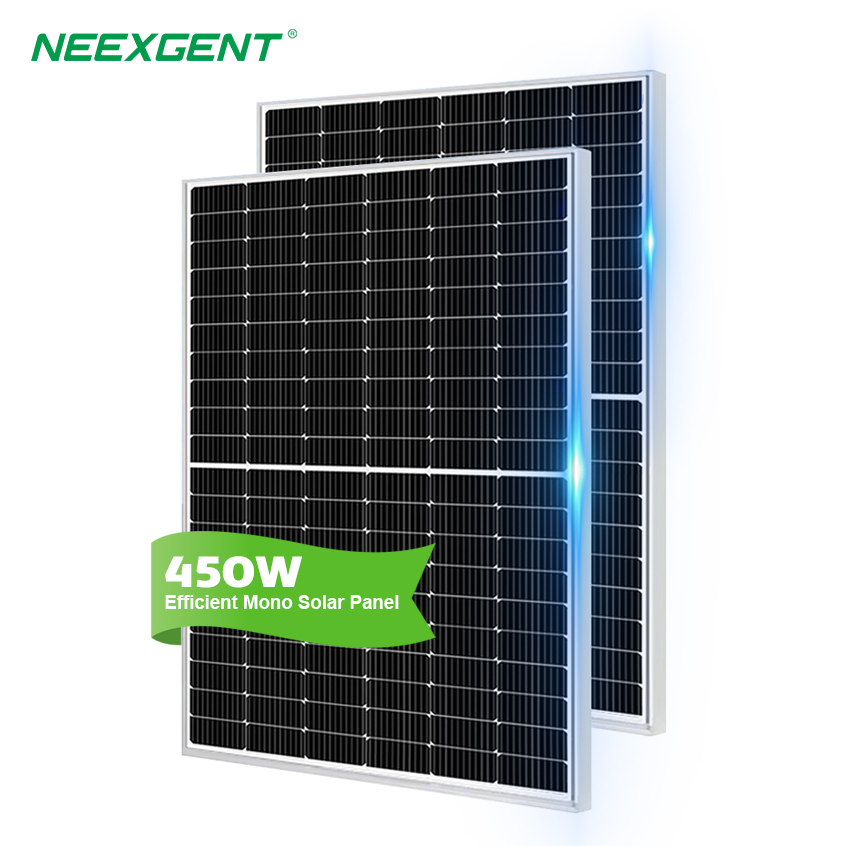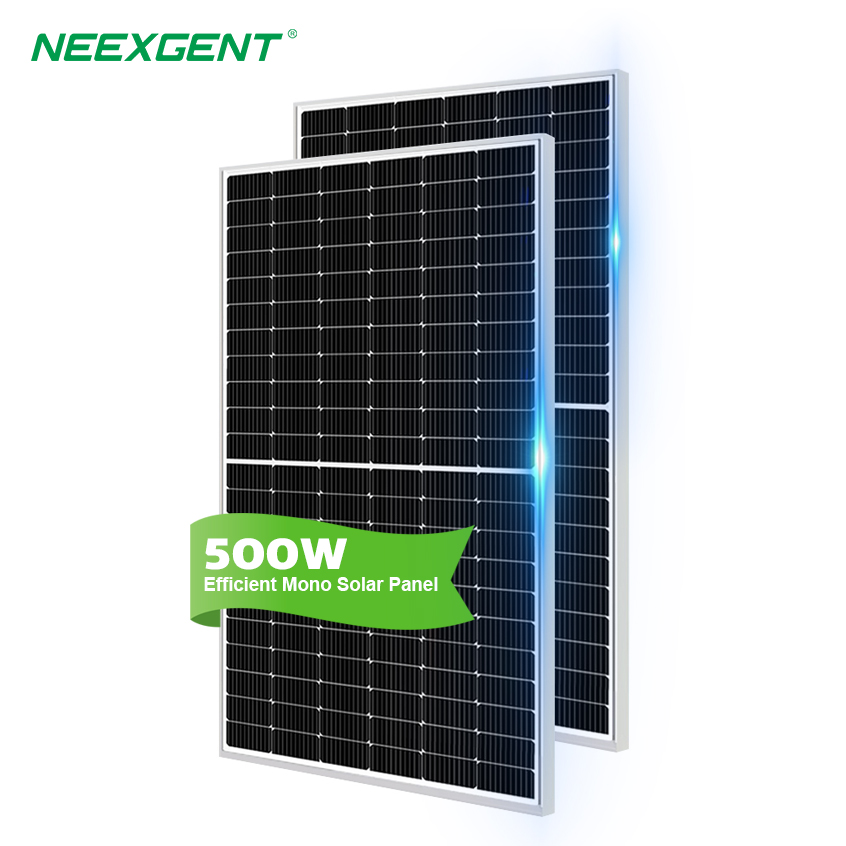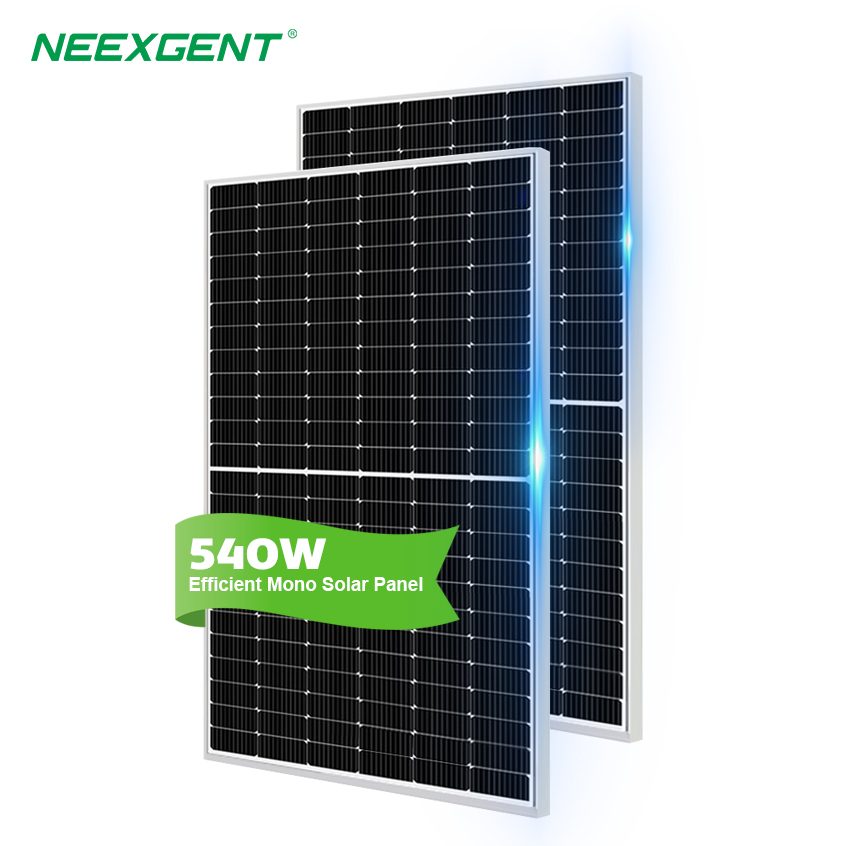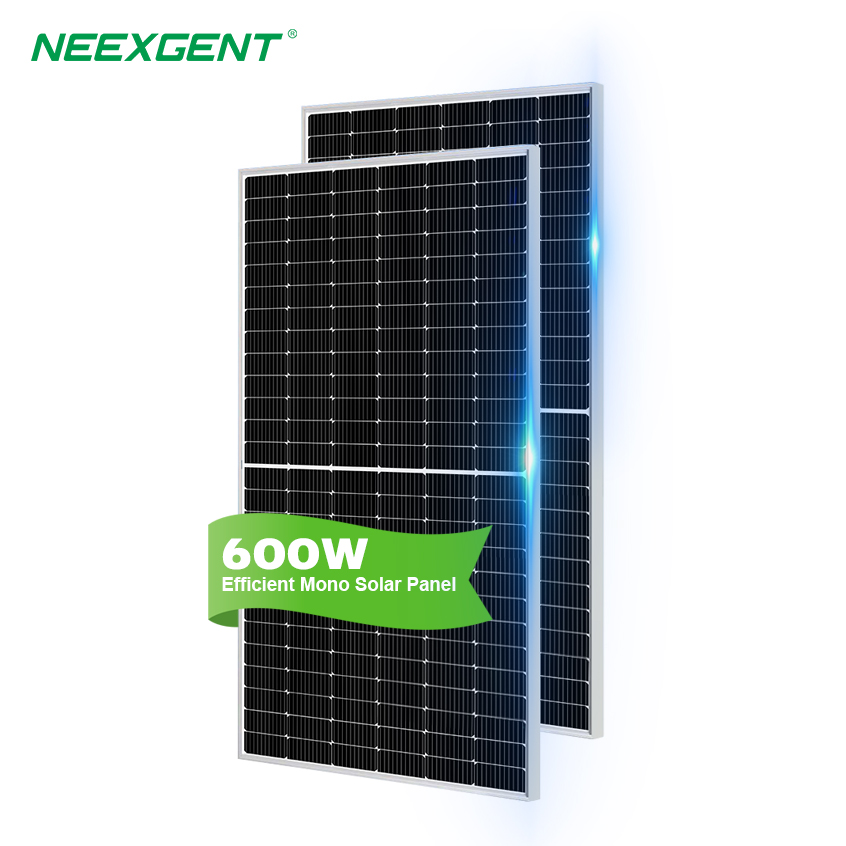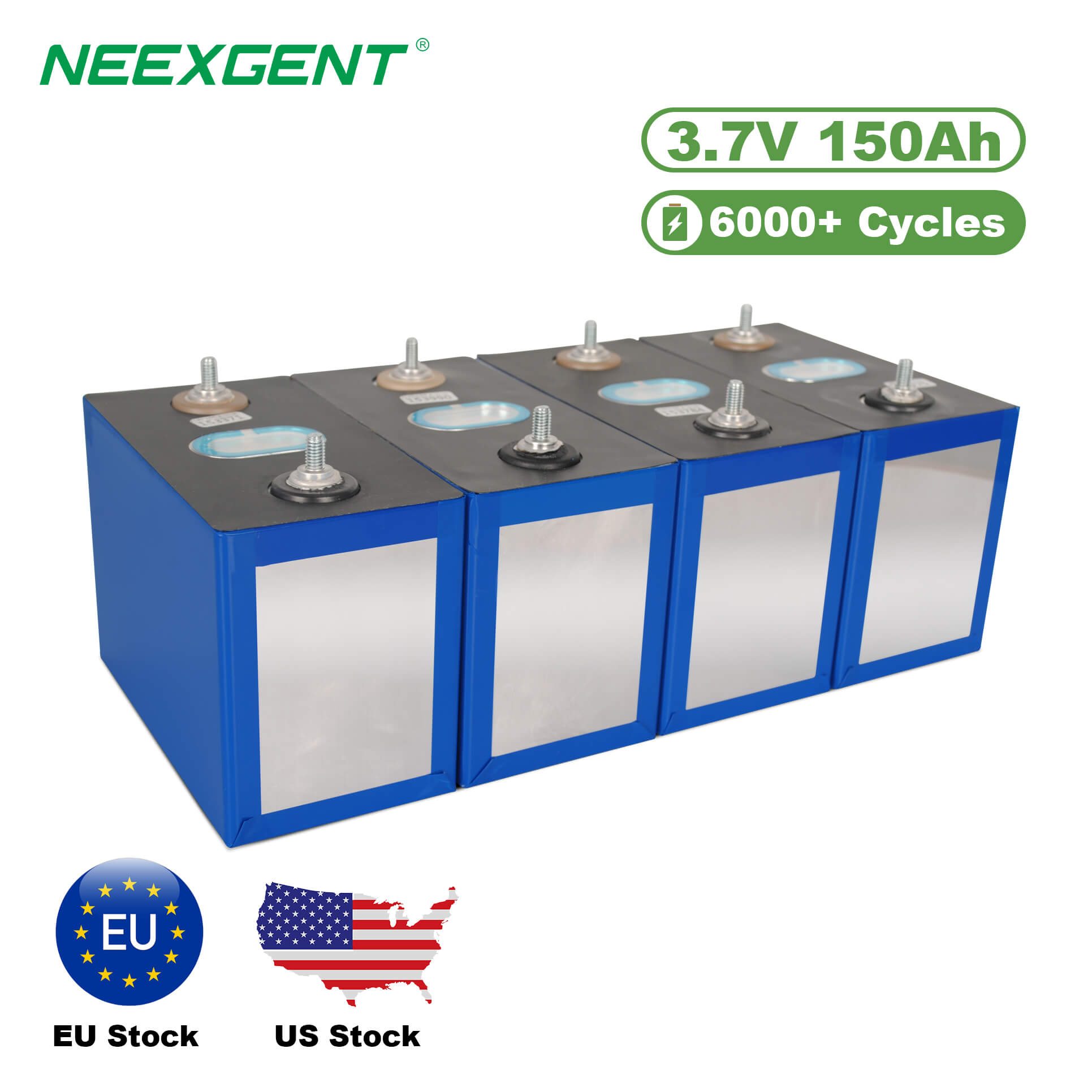Contents:
Solar panels have become a cornerstone of renewable energy, transforming sunlight into electricity through photovoltaic cells. The general assumption is that solar panels generate more energy on sunny days, but how accurate is this belief? Let’s delve into the science behind solar energy production and explore how weather conditions, including sunny skies, affect efficiency.
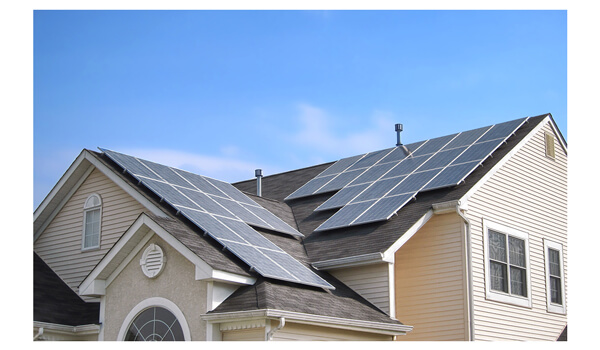
The Role of Sunlight in Solar Energy
Photovoltaic cells in solar panels rely on photons from sunlight to excite electrons, creating an electric current. Therefore, it’s logical that more sunlight would result in more electricity. On sunny days, when the sky is clear and sunlight is abundant, solar panels typically achieve peak performance. Direct sunlight maximizes the energy received per square meter, which boosts the overall output.
Temperature’s Effect on Efficiency
Interestingly, while sunny days are great for solar panels, excessive heat can reduce their efficiency. Solar panels have an optimal operating temperature range. When temperatures soar, the internal resistance of the photovoltaic cells increases, slightly lowering the energy conversion efficiency.
In colder climates with bright sunshine, solar panels often perform even better due to reduced thermal resistance, a phenomenon that might come as a surprise.
Cloudy Days and Diffused Sunlight
It’s worth noting that solar panels don't stop working on cloudy days. Diffused sunlight, scattered by clouds, still provides energy, albeit at a lower efficiency. Advanced solar panels are designed to capture a broader spectrum of light, allowing them to generate electricity even under overcast conditions.
Seasonal Variations and Sun Angles
The angle and duration of sunlight vary with seasons, further influencing energy production. In summer, longer days with higher sun angles result in increased energy generation. Conversely, winter months may yield less energy due to shorter daylight hours and lower sun angles, even if the weather is clear.
Solar Output in Different Weather:
Optimizing Solar Panel Performance in Different Conditions
To maximize the efficiency of solar panels, it’s essential to consider installation angles, cleaning schedules, and geographic location. Strategic planning ensures consistent energy production throughout the year.
Practical Steps to Enhance Efficiency
-
Adjusting Tilt Angles: Seasonal adjustments to the tilt angle of solar panels can capture more sunlight. In winter, a steeper angle is beneficial, while a flatter angle is ideal for summer.
-
Regular Cleaning: Dust, pollen, and bird droppings can reduce the efficiency of solar panels. Regular cleaning, especially in dusty or polluted areas, ensures optimal energy absorption.
-
Smart Monitoring Systems: Installing advanced monitoring systems can provide real-time insights into energy production and flag issues like shading or reduced output.
Energy Output Data Table
The following is a sample data table that presents energy outputs under various conditions:
| Weather Condition |
Time of Day |
Energy Output (kWh) |
| Cloudy |
Morning |
50 |
| Partly Cloudy |
Midday |
75 |
| Sunny |
Morning |
150 |
| Sunny |
Noon |
250 |
| Sunny |
Evening |
200 |
Factors Impacting Solar Panel Longevity and Maintenance
In addition to weather conditions, proper maintenance is critical for extending the lifespan and sustaining the efficiency of solar panels. Components such as inverters, wiring, and mounts also play a significant role in the overall system performance. Regular inspections and timely replacements can help avoid significant energy losses.
Maintenance Checklist
-
Inspect Panels for Damage: Check for cracks or discoloration on the panels. These issues can reduce energy output and require immediate attention.
-
Verify Connections: Loose or corroded connections in the wiring can hinder performance. Inspect connections annually to ensure they are secure.
-
Monitor Inverter Health: Inverters are crucial for converting DC electricity to AC. Monitoring their performance can prevent unnecessary downtimes.
-
Keep Panels Clear of Obstructions: Trim nearby trees or structures casting shadows on the panels, as shading drastically reduces output.
Maintenance Schedule Table
| Task |
Frequency |
Notes |
| Clean Panel Surfaces |
Quarterly |
Use non-abrasive materials to avoid scratches. |
| Inspect Wiring |
Annually |
Check for wear and tear or loose connections. |
| Check Inverter Performance |
Annually |
Ensure the inverter’s display indicates normal functioning. |
| Trim Nearby Vegetation |
Biannually |
Remove any shadows cast on the panels. |
| Professional System Inspection |
Every 2 Years |
Engage a certified technician for comprehensive inspection. |
This table provides an actionable maintenance guide, emphasizing the importance of consistent checks and care. It helps users keep their systems running at peak efficiency while preventing long-term issues.
The Environmental and Economic Benefits of Well-Maintained Solar Panels
Beyond maximizing energy efficiency, maintaining solar panels has significant environmental and economic benefits. Proper care reduces the likelihood of component failures, extending the system's life span and minimizing waste. Solar panels can operate efficiently for 25 years or more when maintained correctly, making them a sustainable choice for long-term energy production.
Financially, a well-maintained system reduces the need for costly repairs or replacements. By sustaining peak performance, homeowners and businesses can generate consistent energy, offset utility costs, and even sell surplus electricity back to the grid where applicable. This enhances the return on investment while promoting energy independence.
FAQs
Yes, solar panels generate more energy on sunny days because they receive direct sunlight, which provides the highest amount of energy for conversion. However, excessive heat can slightly reduce efficiency, as solar panels perform best within an optimal temperature range.
No, solar panels still work on cloudy days by utilizing diffused sunlight, but their energy production is lower compared to sunny conditions. Advanced panels can capture a wider spectrum of light, improving performance even under overcast skies.
Solar panels are less efficient at higher temperatures. Excessive heat increases the internal resistance of photovoltaic cells, which reduces their energy conversion efficiency. Cooler sunny days are ideal for optimal performance.
Yes, shading significantly reduces solar panel efficiency. Even a small shaded area can disrupt the flow of electricity in some panel setups. Proper placement and regular trimming of nearby trees are essential to maximize sunlight exposure.
In winter, shorter daylight hours and lower sun angles result in reduced energy production, even if the weather is clear. However, cold temperatures can improve efficiency, partially offsetting the lower sunlight intensity.

